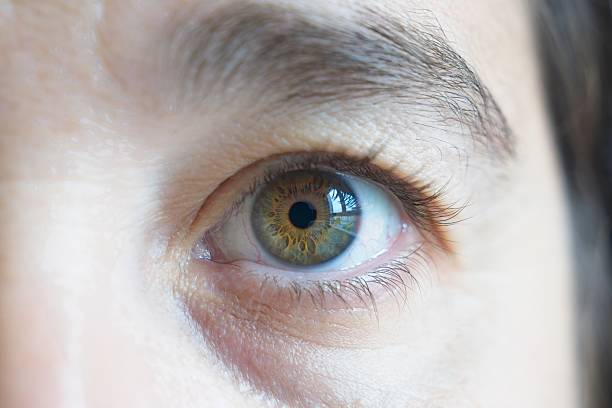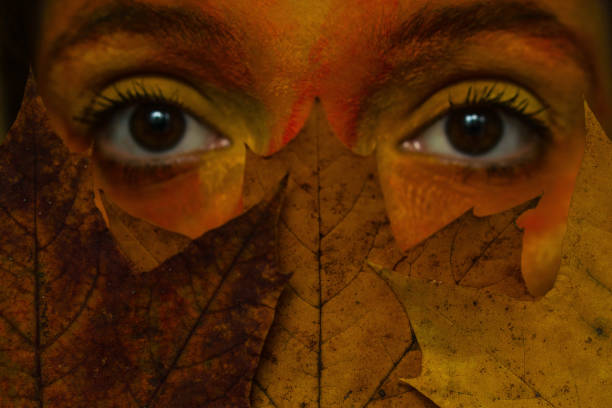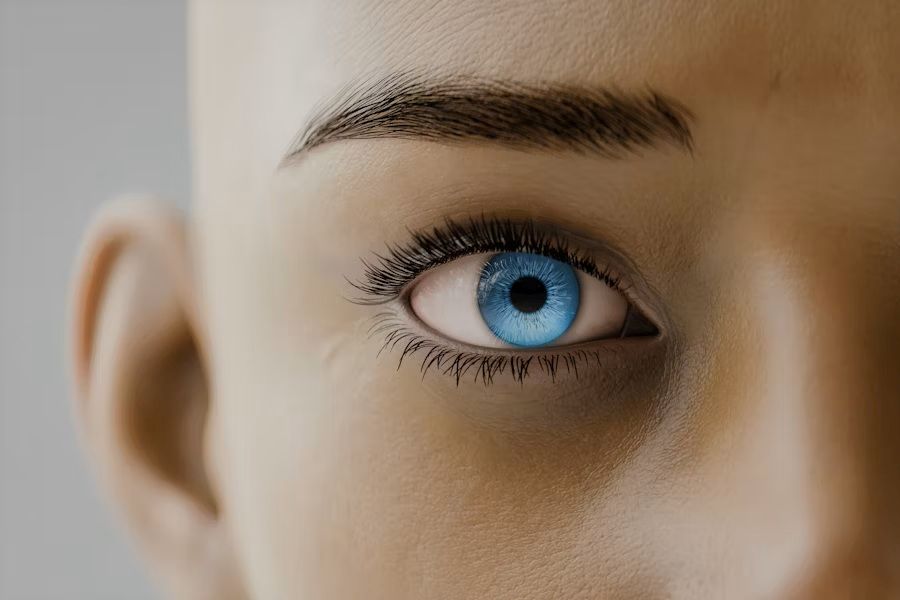Your Cart is Empty
The Crucial Role of Light in Capturing Stunning Iris Shots with a Phone Camera

Capturing the intricate beauty of the human iris has become a fascinating pursuit in the realm of eye photography. Whether you are an enthusiast looking to create custom iris art or a professional aiming to perfect your craft, understanding the role of light is essential. Proper lighting, whether it’s natural daylight or the torch light from your mobile phone, can dramatically enhance the quality of your iris shots. This article delves into why lighting is important for iris photography and provides tips on optimizing your photos for stunning results.
The Importance of Lighting in Iris Photography
1. Shrinking the Pupil for a Bigger Iris:
When taking close-up iris photos, the size of the pupil plays a significant role in the final image. Under bright lighting conditions, the pupil constricts, allowing more of the iris to be visible. This phenomenon is beneficial because a smaller pupil creates a larger visible iris, showcasing its detailed patterns and vibrant colors more prominently. This is crucial for creating captivating iris art and eye photography.
2. Enhancing Detail and Clarity:
Good lighting illuminates the iris, highlighting its unique textures and intricate patterns. Whether you use natural daylight or a mobile torch, the right amount of light ensures that the camera captures sharp, clear images. Poor lighting can result in dull, blurry photos, missing out on the fine details that make each iris unique. High-quality iris photos are essential for producing stunning eye art and eyeball art.
3. Reducing Noise and Blur:
Adequate lighting reduces the need for longer exposure times, which can cause motion blur. It also minimizes the ISO settings on your phone camera, leading to less noise in the final image. High-quality iris photos require minimal grain and maximum clarity, both of which are achievable with proper lighting. Clear and detailed iris photography is the foundation for creating beautiful pupil iris photos and other eye photography art forms.
Tips for Optimal Iris Photography
1. Use Natural Light:
Daylight is one of the best sources of light for iris photography. Position your subject near a window where natural light can illuminate their eye without causing harsh shadows. Avoid direct sunlight, which can be too intense and cause discomfort for the subject. Natural light is ideal for capturing the true colors and details of the iris, essential for eye art and iris photos.
2. Utilize Mobile Torch Light:
In low-light conditions, the torch light on your mobile phone can be a handy tool. Use it to direct light onto the subject's eye from different angles until you achieve the desired effect. Be mindful of reflections and adjust the angle to prevent glare on the eyeball. This technique helps in capturing clear and detailed iris photos, perfect for creating custom iris art and other forms of eye photography.
3. Experiment with Angles:
Different angles can produce varying effects on the iris photo. Experiment with light coming from the side, above, or below to see how it enhances the textures and colors of the iris. Each angle can create a unique visual effect, adding depth and dimension to your photos. This experimentation is key to producing diverse and captivating eye art and iris photography.
4. Macro Lenses:
Consider investing in a macro lens attachment for your phone. These lenses allow for extreme close-ups, capturing the minute details of the iris with stunning precision. Combined with proper lighting, a macro lens can elevate your eye photography to a professional level, making your iris photos ideal for creating intricate eye art and pupil iris photos.
Creating Custom Iris Art Online
Once you have captured high-quality iris photos, the possibilities for creating custom iris art are endless. Many online platforms offer tools to transform your iris images into beautiful pieces of art. Here are some ideas:
1. Personalized Art Pieces:
Turn your iris photos into personalized art pieces. Print them on canvas, create digital art, or even design jewelry featuring the intricate patterns of your iris. This unique approach to eye art can be a cherished keepsake or a thoughtful gift.
2. Couple Eye Images:
Combine iris photos of you and your partner to create unique couple eye images. This can be a romantic and artistic way to symbolize your connection. Such custom eye photography art can capture the essence of your relationship through the beauty of your eyes.
3. Eyeball Art for Home Decor:
Use iris photos to create eyeball art that can serve as striking home decor. Large prints of high-quality iris photos can be a conversation starter and a unique addition to your living space. This form of eye art can transform any room with its mesmerizing beauty.
Conclusion
Lighting is an indispensable element in the art of iris photography. By understanding how to use natural daylight and mobile torch light effectively, you can capture the intricate beauty of the iris, creating stunning photos and custom art pieces. Experiment with different lighting angles and tools like macro lenses to elevate your eye photography. Embrace the world of iris art, and let your creativity shine through each detailed and vibrant image you capture.
By optimizing your iris photos for clarity and detail, you can create captivating eye art, pupil iris photos, and unique eyeball art. The proper use of light not only enhances the beauty of your iris shots but also opens up endless possibilities for creating personalized and meaningful art. Start experimenting with lighting today and transform your eye photography into stunning iris art that captivates and inspires.
Leave a comment
Comments will be approved before showing up.




